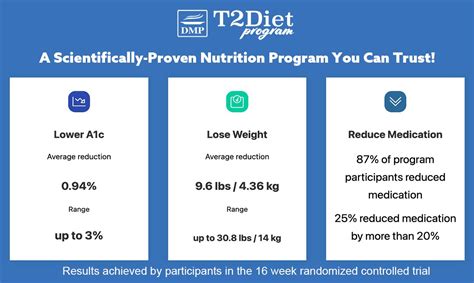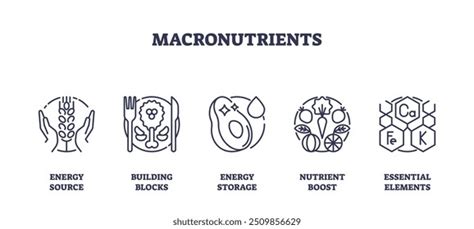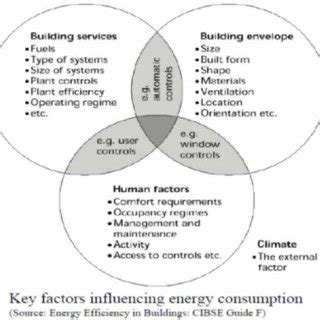Optimizing daily energy: What’s the ideal macronutrient split?

Unlocking Your Energy Potential Through Macronutrients
In the pursuit of sustained energy throughout the day, few factors are as critical as the balance of macronutrients in our diet. Carbohydrates, proteins, and fats are not just calorie providers; they are the fundamental building blocks and fuel sources that power every cell, tissue, and organ in your body. Understanding how to optimally split these essential nutrients is key to enhancing physical performance, mental clarity, and overall well-being.

The Core Three: Carbohydrates, Proteins, and Fats
Each macronutrient plays a distinct role in our body’s energy system:
- Carbohydrates: Often demonized, carbohydrates are the body’s primary and most readily available source of energy. They break down into glucose, fueling everything from brain function to intense physical activity. Complex carbs (whole grains, vegetables, fruits) provide sustained energy, while simple carbs offer quick bursts.
- Proteins: While primarily known for building and repairing tissues, proteins can also serve as an energy source when carbohydrate intake is insufficient. More importantly, protein contributes to satiety, muscle maintenance, and the production of enzymes and hormones vital for energy metabolism.
- Fats: Essential for hormone production, nutrient absorption, and cell membrane integrity, fats are also a highly concentrated source of energy. They provide a slow, sustained release of fuel, helping to keep you feeling full and energetic over longer periods, especially important for endurance activities.
The Myth of the “One-Size-Fits-All” Split
The notion of a single “ideal” macronutrient split is a pervasive myth. What works best for one individual might be suboptimal for another. Factors such as age, sex, activity level, metabolic rate, health status, and specific fitness goals all profoundly influence the body’s energy demands and nutrient utilization. Therefore, the ideal split is highly personalized and dynamic.

Key Factors Influencing Your Optimal Macronutrient Ratio
To determine your best split, consider these critical elements:
- Activity Level: Highly active individuals, especially endurance athletes or those engaged in intense strength training, generally require a higher percentage of carbohydrates to fuel performance and recovery. Sedentary individuals need less.
- Health and Fitness Goals:
- Weight Loss: Often involves a moderate protein intake (for satiety and muscle preservation) and a controlled carbohydrate intake, sometimes with a slightly higher healthy fat percentage.
- Muscle Gain: Requires ample protein for muscle synthesis, along with sufficient carbohydrates to fuel workouts and aid recovery.
- General Health & Maintenance: A balanced approach, often with moderate carbs, protein, and fats, is typically recommended.
- Metabolic Health: Individuals with insulin resistance or type 2 diabetes might benefit from a lower carbohydrate intake and higher healthy fat and protein percentages to manage blood sugar levels.
- Dietary Preferences: Whether you prefer a vegetarian, vegan, ketogenic, or Mediterranean diet, your macronutrient split will naturally adapt to the food choices within that framework.

General Guidelines for Macronutrient Splits
While personalization is key, here are some widely accepted starting points:
- Standard/Balanced Diet:
- Carbohydrates: 45-65% of total calories
- Proteins: 10-35% of total calories
- Fats: 20-35% of total calories
- Weight Loss Focus:
- Carbohydrates: 30-40%
- Proteins: 30-40%
- Fats: 25-35%
- Muscle Gain/High Activity:
- Carbohydrates: 40-55%
- Proteins: 25-35%
- Fats: 20-30%
- Lower Carb Approach (e.g., for blood sugar management):
- Carbohydrates: 20-30% (or even lower for ketogenic diets)
- Proteins: 20-30%
- Fats: 40-60%
Remember, these are ranges. The specific number of grams of each macronutrient is more important than the percentage, as it relates directly to your total calorie needs.

Finding Your Personalized Ideal
The best way to determine your ideal macronutrient split is through a process of experimentation and observation:
- Calculate Your Basal Metabolic Rate (BMR) and Total Daily Energy Expenditure (TDEE): This gives you a starting point for calorie needs.
- Set Initial Macronutrient Targets: Use the general guidelines above based on your goals.
- Track Your Intake: Use a food tracking app for a few weeks to monitor how you feel, your energy levels, performance, and progress towards your goals.
- Adjust and Observe: If you’re feeling sluggish, hungry, or not seeing results, adjust one macronutrient at a time and observe the changes.
- Consult a Professional: For personalized, evidence-based guidance, consider working with a registered dietitian or certified nutritionist.
Conclusion: Fueling Your Best Self
Optimizing your daily energy isn’t about rigid adherence to a generic macronutrient ratio, but rather about understanding your body’s unique needs and adapting your nutrition accordingly. By paying attention to the quality and quantity of carbohydrates, proteins, and fats you consume, you can unlock greater vitality, improve physical performance, and achieve a sustainable state of well-being. Listen to your body, experiment wisely, and prioritize nutrient-dense foods to fuel your optimal self.










